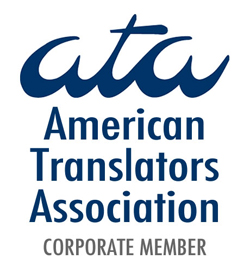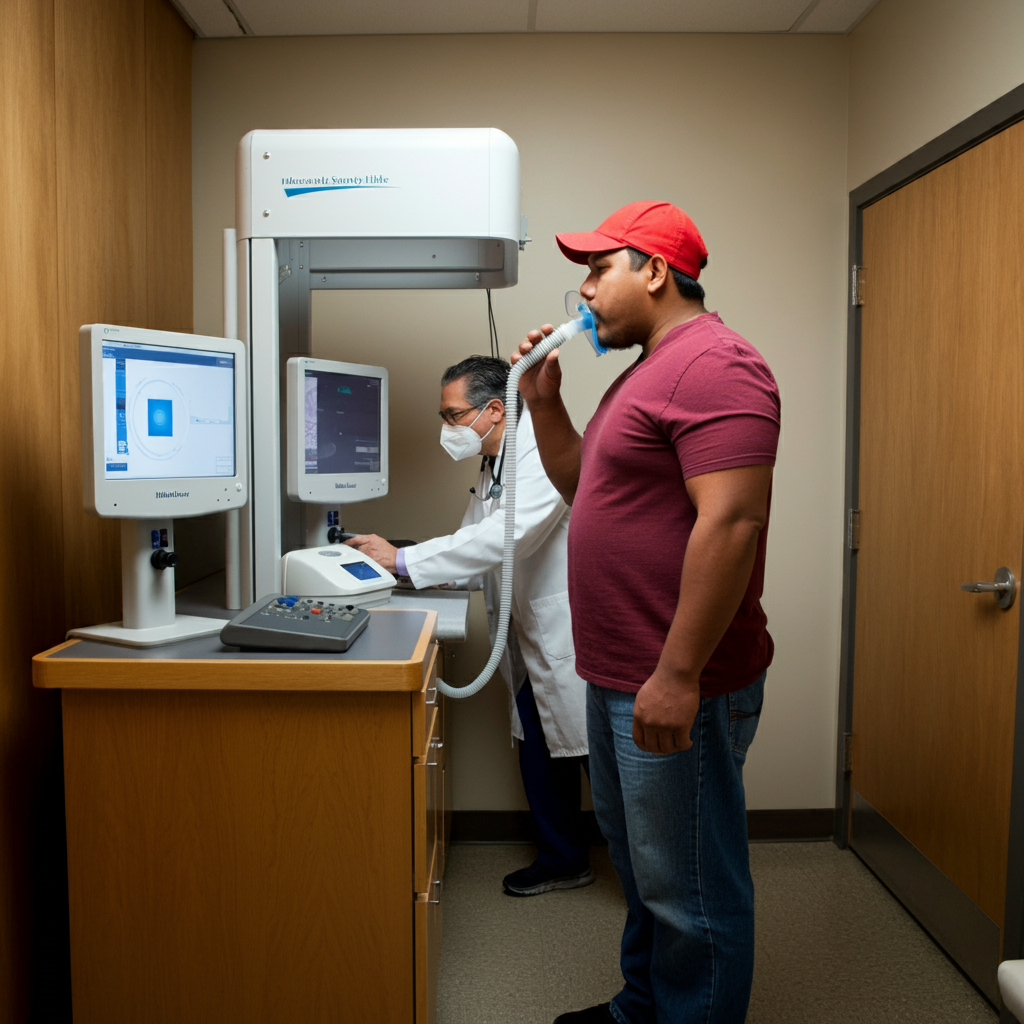
We also accept payments via Paypal
Huri Translations
Tel. +689 89 205 483
info@huri-translations.pf
PO BOX 365 Maharepa
98728 Mo'orea
French Polynesia
N°TAHITI 876649
Subscribe to our newsletter


Machine translation technology shows promise in helping bridge these gaps. A 2024 study on medical terminology translation found that current systems can handle basic medical terms with approximately 80% accuracy. However, the research also revealed that machine translation struggles with longer, more complex medical texts, particularly in low-resource languages. For Pacific Islands languages, which often lack extensive digital resources and training data, this presents both an opportunity and a challenge.
AI technology performs best with standardized terminology - words for common medical conditions, body parts, and basic procedures. However, when it comes to longer explanations, cultural concepts, or more nuanced medical discussions, machine translation often falls short in producing naturally flowing text. This suggests that while machine translation can serve as a valuable first-line tool, it must be adjusted and complemented by human expertise.
Professional translators and interpreters remain essential for several reasons:
• We can verify and correct machine-translated content (Post-Editing)
• We understand and can detect bias from language models
• We understand cultural nuances that machines might miss
• We can adapt medical explanations to be culturally appropriate
• We serve as cultural brokers between healthcare providers and patients
Looking ahead, several developments at Huri Translations are enhancing healthcare translation for Pacific Islander communities:
• Specialized medical glossaries for our Pacific Islands languages
• Larger linguistic in-domain datasets to improve machine translation accuracy
• Hybrid systems that combine machine efficiency with human expertise
• Industry-standard training for our translators
Healthcare organizations are increasingly recognizing these needs and investing in comprehensive language services. Our company has worked on projects such as multilingual patient portals, prevention materials, patient forms, etc. and will soon provide real-time interpretation services. The goal is to ensure that Pacific Islander patients can fully understand and participate in their healthcare decisions.
Technology continues to evolve, and machine translation capabilities are improving. However, the focus should remain on developing solutions that specifically address the needs of Pacific Islander communities. This means not just translating words in Samoan, Tongan, Tokelauan, Niuean, Rarotongan, Tahitian or Māori, but ensuring that healthcare communication is culturally appropriate and effectively delivers essential health information.
The future looks promising as healthcare systems increasingly embrace both technological solutions and cultural competency. By combining machine translation's efficiency with human expertise and cultural understanding, we can work toward better health outcomes for our Pacific Islander communities. This integrated approach represents a positive step toward health equity, so that language differences become bridges to understanding rather than barriers to care.
Through these combined efforts, we can create a healthcare system that truly serves Pacific Islander communities effectively and respectfully. The key lies in recognizing that while technology can help break down initial language barriers and time constraints, it's the human element that ensures healthcare communication is accurate, meaningful and culturally resonant.

Recent research highlights a major intersection between healthcare access, language services, and technology for Pacific Islander communities in the United States. While machine translation continues to advance, studies show both its potential and limitations in serving low-resource languages, including Pacific Islands languages.
"combining machine translation's efficiency with human expertise and cultural understanding"
Major findings from public health research reveal how data aggregation can mask healthcare disparities. When Pacific Islander health statistics are combined with Asian American data, it creates a misleading picture. During the COVID-19 pandemic, Native Hawaiian and Pacific Islander communities like the Chamorro, Marshallese, Chuukese, Pohnpeian, Yapese, Kosraean, Palauan experienced higher mortality rates, yet this was obscured when their data was merged with Asian populations, showing the lowest combined rates. This statistical masking demonstrates why Pacific Islander communities need targeted healthcare solutions instead, including specialized language services.
Machine Translation and Human Touch in Pacific Islander Healthcare
